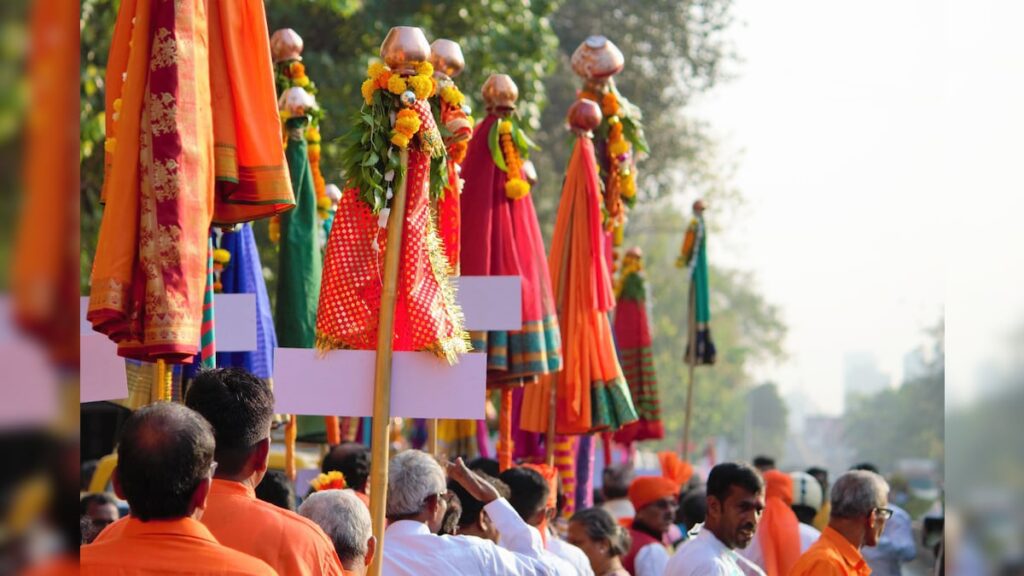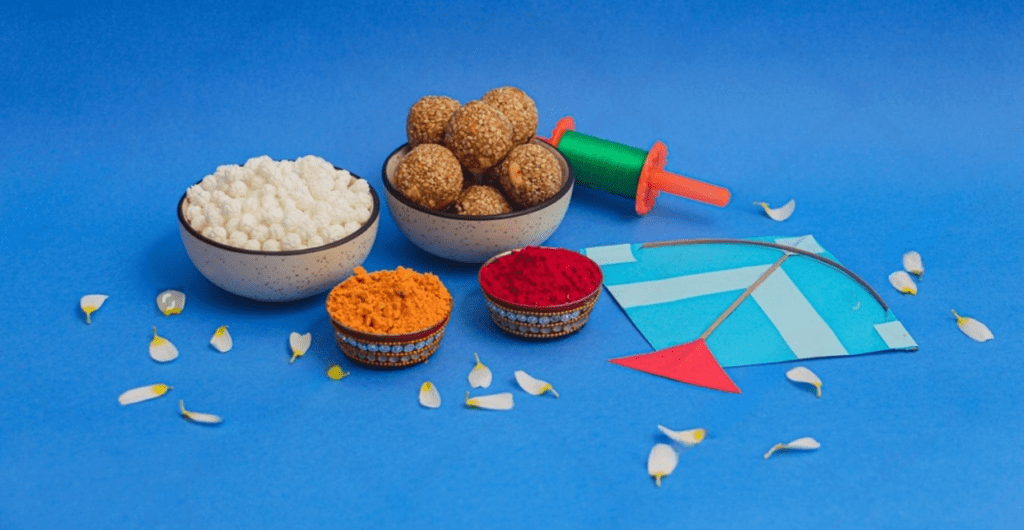Introduction to Gudi Padwa
Gudi Padwa is one of the most significant festivals in Maharashtra, marking the start of the Hindu New Year. It is a vibrant celebration that embodies victory, renewal, and gratitude, deeply rooted in Indian traditions and Maharashtrian culture. The festival welcomes the harvest season, heralding a new chapter of prosperity and happiness.
What is Gudi Padwa?
The term “Gudi Padwa” is derived from Sanskrit words: Gudi (flag or emblem of victory) and Padwa (the first day of the lunar fortnight). It signifies the triumph of good over evil and the ushering in of spring. It is also associated with Lord Rama’s return to Ayodhya after defeating Ravana and the commencement of the Shalivahana calendar.
When is Gudi Padwa Celebrated?
Gudi Padwa is celebrated on the first day of the Chaitra month in the Hindu lunisolar calendar, typically falling in late March or early April. It coincides with the onset of spring and is considered an auspicious day for new beginnings.
Historical and Mythological Significance of Gudi Padwa
The festival’s roots are steeped in mythology and history. It commemorates Lord Rama’s coronation after his victory over Ravana, symbolizing the triumph of good over evil. It also marks the legendary victory of King Shalivahana, who started the Shalivahana calendar, widely used in Maharashtra and Andhra Pradesh.
Traditional Customs and Rituals of Gudi Padwa
Gudi Padwa is celebrated with a blend of rituals and festivity:
- The Gudi: Families erect a Gudi, a bamboo stick adorned with a silk cloth, garlands, neem leaves, and a kalash at the top. This is placed outside homes or on rooftops, symbolizing victory and prosperity.
- Cleaning and Decorating: Homes are cleaned, and colorful rangoli patterns and floral decorations adorn entrances. Mango leaves and marigold torans (garlands) add to the festive spirit.
- Prayers and Offerings: Devotees offer prayers to Lord Brahma, seeking blessings for the New Year. Special offerings of neem leaves mixed with jaggery are made, signifying the balance of life’s bittersweet experiences.
The Symbolism of the Gudi
The Gudi represents a victory flag, signifying triumph and protection against negative energies. The silk cloth symbolizes royalty, neem leaves denote purification, and the kalash represents prosperity. Together, these elements reflect cultural pride and spiritual devotion.
Delicious Festive Foods of Gudi Padwa
Food is an integral part of Gudi Padwa celebrations, featuring dishes that tantalize the taste buds:
- Puran Poli: A sweet flatbread filled with jaggery and lentils.
- Shrikhand: A creamy yogurt-based dessert flavored with saffron and cardamom.
- Neem and Jaggery Mixture: A unique blend representing the duality of life.
- Kairi Panhe: A refreshing raw mango drink to cool down the early summer heat.
Gudi Padwa Across India
Though primarily celebrated in Maharashtra, Gudi Padwa resonates with similar festivals across India:
- Ugadi in Karnataka and Andhra Pradesh.
- Cheti Chand among the Sindhi community.
- Vishu in Kerala and Baisakhi in Punjab, all marking the New Year in various forms.
Significance of Gudi Padwa in Agriculture
Gudi Padwa is deeply connected to the agricultural calendar, celebrating the end of the Rabi harvest and the beginning of the Kharif season. Farmers express their gratitude for a bountiful harvest and pray for a prosperous planting season ahead.
Celebration of New Beginnings
The festival is considered highly auspicious for starting new ventures, purchasing property, or performing housewarming ceremonies. It signifies optimism and fresh opportunities.
Modern-Day Celebrations of Gudi Padwa
Urban celebrations of Gudi Padwa include community parades, cultural performances, and grand feasts. Despite modernization, traditional elements like the Gudi and prayers remain integral.
Eco-Friendly Celebrations
In recent years, there has been an emphasis on sustainable practices. Many families now use eco-friendly materials to decorate the Gudi and create rangoli, ensuring a minimal environmental impact.
Gudi Padwa in Art, Music, and Literature
Gudi Padwa is celebrated in Marathi art, music, and literature. From folk songs praising the Gudi to vibrant depictions in films and dramas, the festival’s cultural significance continues to inspire creativity.
Conclusion
Gudi Padwa is more than a festival; it’s a celebration of life, culture, and resilience. It symbolizes victory, gratitude, and hope, inspiring generations to uphold traditions while embracing new beginnings. As homes and hearts light up with the spirit of Gudi Padwa, the festival continues to unify and uplift communities across the globe.



